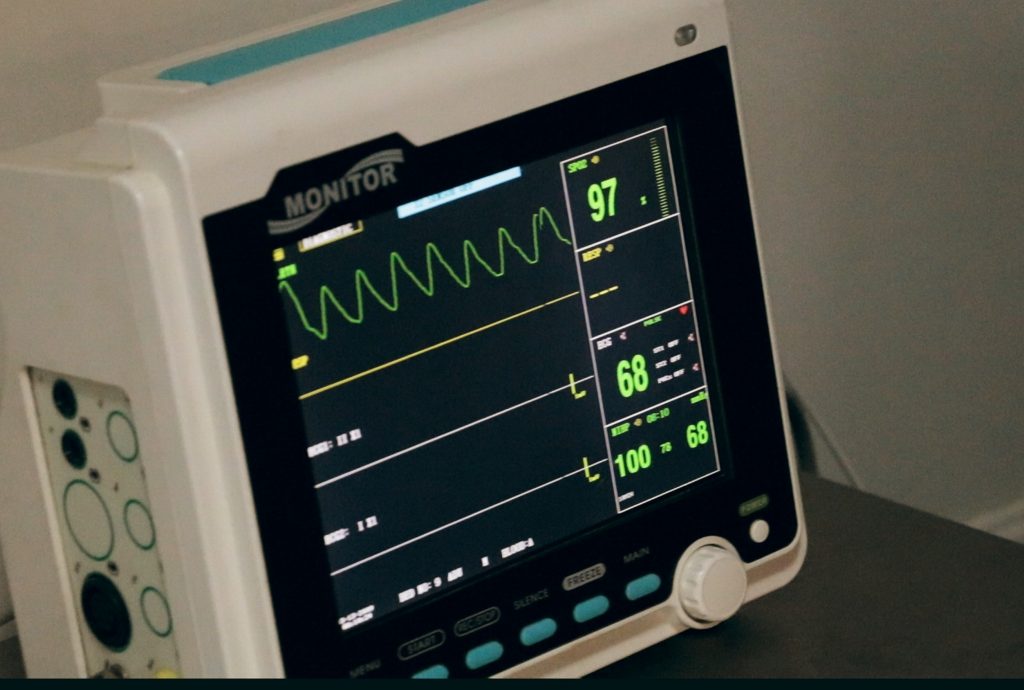Blood Volume Guided Treatment for Heart Failure
What is Heart Failure?
Heart failure is also known as congestive heart failure (CHF) and congestive cardiac failure (CCF) and is a medical condition when the heart is unable to pump sufficiently to maintain blood flow in the human body. One of the most prominent issues in managing heart failure patients is volume overload where a too large volume of blood exists for the heart to function efficiently.
Heart failure is a common, costly, and potentially fatal condition. In 2015, it affected about 40 million people globally. Around 2% of adults globally have heart failure and in those over the age of 65, this increases to 6–10%. The risk of death is about 35% the first year after diagnosis, while by the second year the risk of death is less than 10%.
Implications of Heart Failure
In the presence of a failing heart, acute fluid retention leading to blood volume expansion (hypervolemia) is considered a pathological compensatory response in the attempt to retrieve cardiac reserve, eventually resulting in clinical congestion. Blood volume may exceed 120 mL/kg bodyweight in untreated heart failure patients which is ~1.5‐fold increase compared with healthy individuals.
The expansion of blood volume with heart failure is often related to elevations in plasma volume and dilutional anaemia is common among heart failure patients. However, heart failure patients may also experience changes in red blood cell volume, or even a combination of changes within both blood compartments. To regain normal blood volume (euvolemia) treatment should be targeted depending on a correct diagnosis, which can be a challenging task for clinicians unless they have access to a blood volume measurement device or procedure.


Blood Volume Guided Treatment of Heart Failure
A very recent study performed at the Mayo Clinic suggests that if treatment of heart failure patients would be based on blood volume measurements rather than estimates hereof, indicates solid improvements of patient outcomes as indicated by results below.
While these results are indeed excellent news for patient and treating physician alike, it also has to be acknowledged that the study is of retrospective nature. At Detalo Health we would very much be supportive of a confirmatory study conducted in a prospective manner and to the development of blood volume based guidelines. Support opportunities may be found through our Demonstration Program.
The Detalo Health Performance device has successfully been used in heart failure patients previously.
Guidelines on Heart Failure
Today the assessment intravascular volume status is already a part of existing guidelines in the treatment of heart failure but is often not based on quantitative measurements but rather on estimates based on physical exam techniques of patients.
The American College of Cardiology guidelines recommend that volume status should be asses at each patient encounter with adjustment of HF therapy as appropriate.
The Danish Cardiological Society guidelines on acute heart failure state that initial treatment depends on volume status and perfusion. Guidelines note that objective signs of fluid overload can be missing from patients, especially among young people.
The Danish Cardiological Society guidelines on chronic heart failure recommends diuretics to be used with all patients with signs of fluid retention.
European Society of Cardiology guidelines state that Doses of diuretics might need to be adjusted according to volume status. Guidelines also addresses needs to identify anaemia, congestion and volume overload in general with acute or chronic heart failure patients.

Blood Volume Measurement in 15 Minutes
Detalo blood volume analyzers determine total blood volume, red blood cell volume, and plasma volume in humans in a rapid, safe, and precise manner.
The Detalo Clinical™ is a CE-certified (MDR) medical device for routine blood volume assessment in standard clinical care. The device allows healthcare professionals to distinguish between true anemia and dilutional anemia and to determine if a patient is euvolemic, hypovolemic, or hypervolemic. Finally, it allows clinicians to evaluate and track the effectiveness of a treatment intended to change blood volume.

